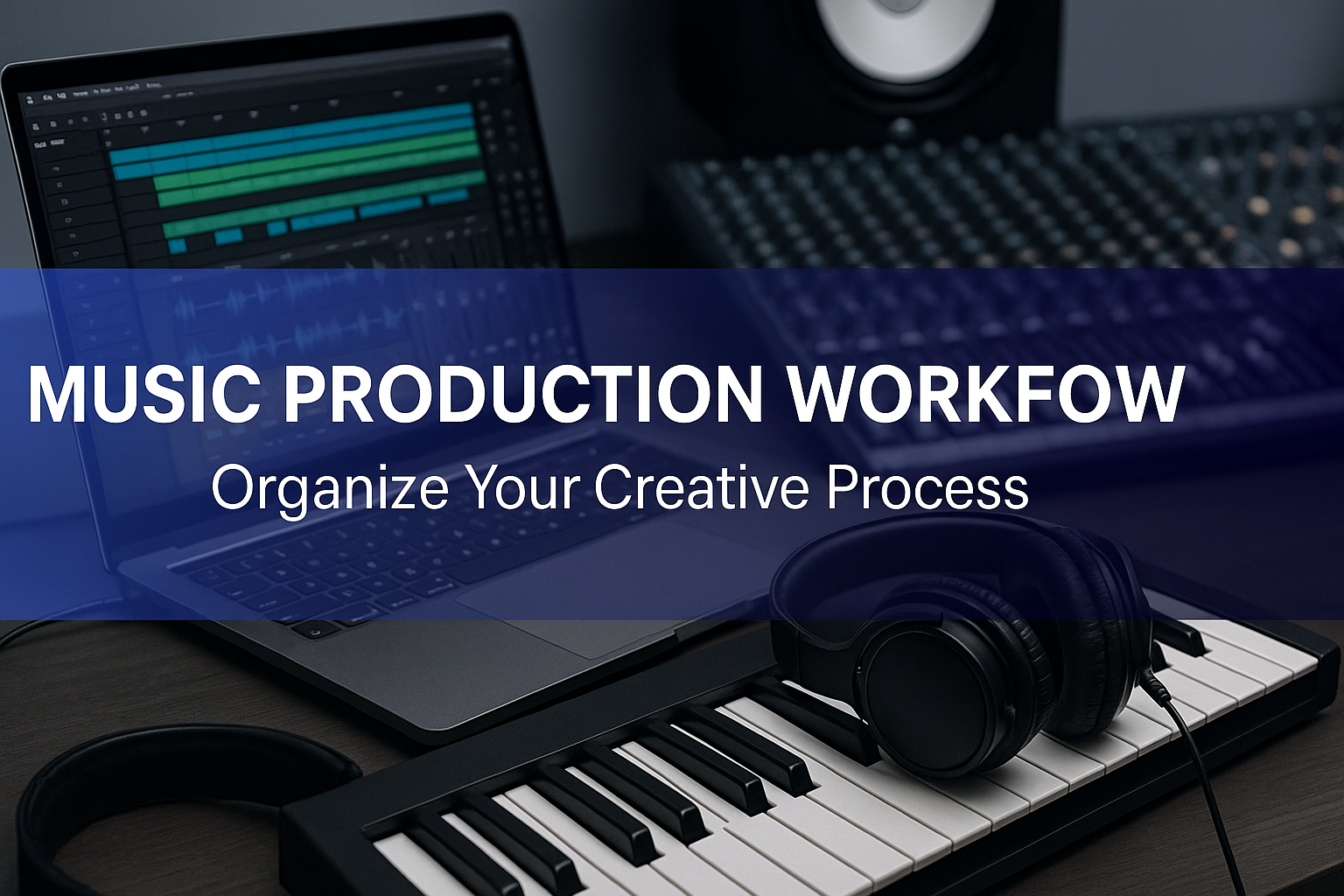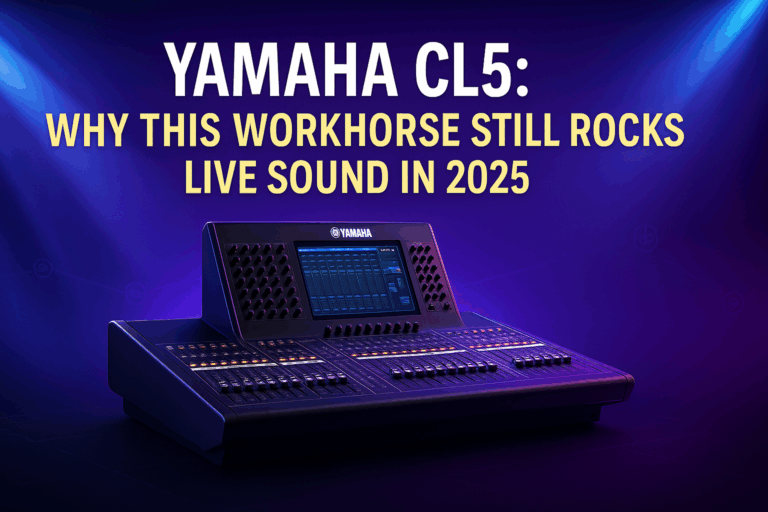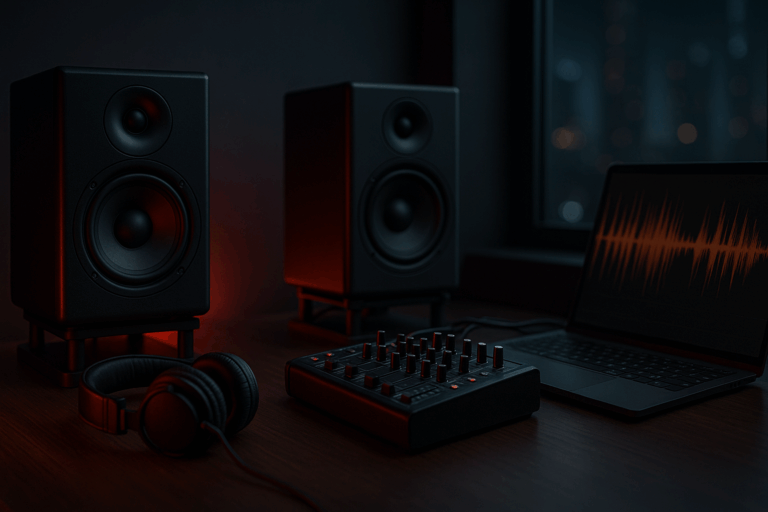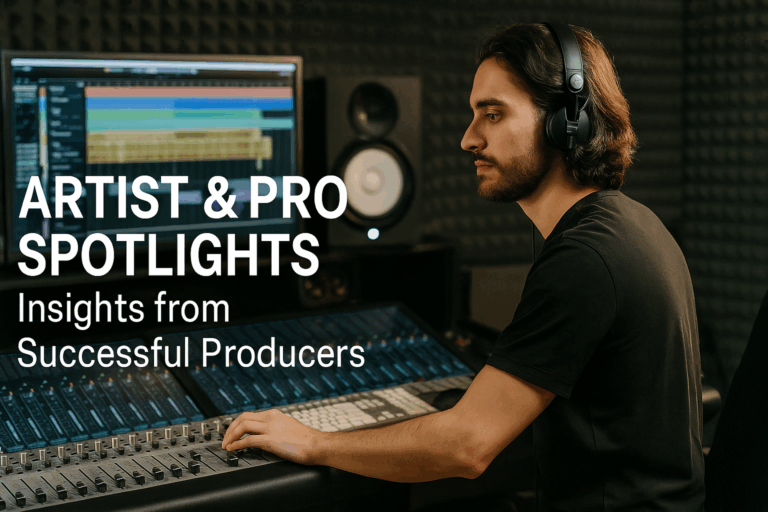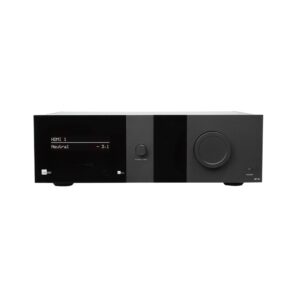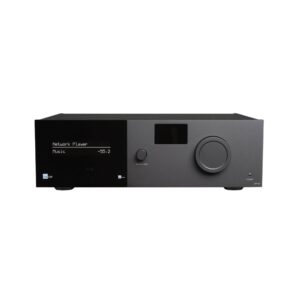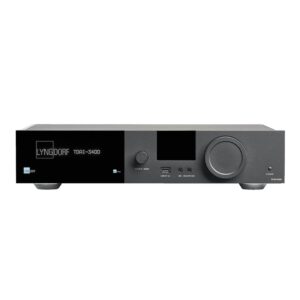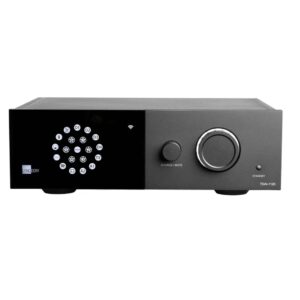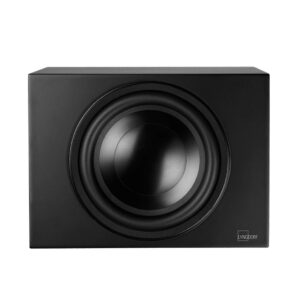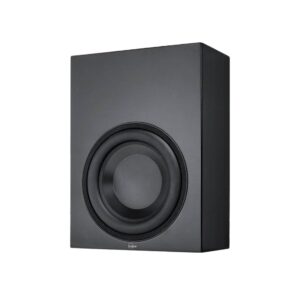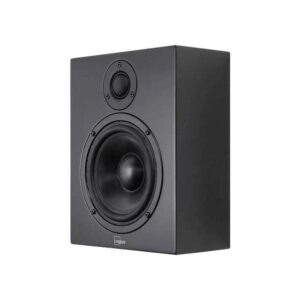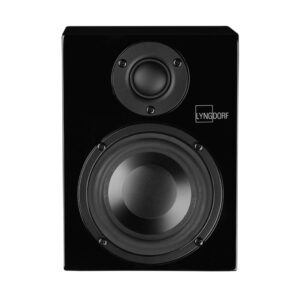Good music starts with a good plan. Establishing a structured workflow will save time and keep your creativity flowing. Here are the main stages and tips:
1. Pre-Production – Plan Your Project
Before hitting record, sketch out ideas. Decide on the song’s tempo, key, and arrangement (verse/chorus). Pick reference tracks as goals for vibe or tone. Set up your DAW project: choose a sample rate/bit depth (48 kHz/24-bit is a solid default), and set initial tempo. Create track labels (Kick, Bass, Guitar, Vox, etc.) so everything is ready.
2. Tracking (Recording) – Capture Your Performance
Record instruments one at a time, starting often with a click track or scratch guitar. Use quality mic or line inputs as needed (refer to “How-To” tips above). Keep notes: if a take had a great guitar lick, mark it. Avoid recording too hot – leave headroom at least 6 dB below clipping. It’s okay to do multiple takes. Record guide layers or midi before final takes so musicians have context.
3. Editing – Cleanup and Arrange
Once recording is done, tidy up: trim silences, crop excess tails, and comp the best pieces of each take together. If a timing issue stands out, you can do small edits (like nudge a note or use time-warp). Set rough volume levels so you can hear all parts. As Sweetwater advises, do most editing and clean-up before diving deep into mixing. Organizing tracks into busses now (e.g., all drums to a “Drums” bus) streamlines mixing later.
4. Mixing – Balance and Shape the Sound
Now apply the mixing tips above (balance levels, pan tracks for width, add EQ/compression). Go instrument group by group: set the drums first, then bass, then guitars/pianos, then vocals. Reference your source tracks and the rough arrangement you planned. Turn off any tracks that aren’t playing for clarity. Work in stages – sometimes bouncing submixes (like printing drums to stereo) can simplify complex projects. Keep notes of your plugin settings as you go, so you can recall them later.
5. Mastering Prep – Final Checks
After the mix sounds good, bounce a stereo mixdown. Leave some peak headroom (around -3 dB) for mastering. Give it a listen on various systems. If comfortable, apply a light master bus limiter or gentle EQ. Otherwise, send it out or use an AI mastering tool for finishing touches. Remember, mastering is often about subtle loudness and final polish – save major fixes (EQ cuts or balance issues) for mixing.
Workflow Bonus: Use save versions. Every major change (tracking done, editing done, mixing done) deserves a versioned backup. For example: “SongName_v2_Mix1.wav” keeps things safe and lets you go back if needed.
Every producer’s workflow is personal, but these stages cover most home projects. Key points: plan ahead, label tracks, tidy up before deep mixing, and always listen with fresh ears. As ModernMixing notes, organize your session to “declutter your brain” so you can focus on creativity. With practice, this process will become second nature, and you’ll spend more time making music and less time hunting for lost files.

